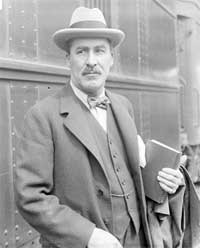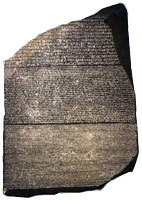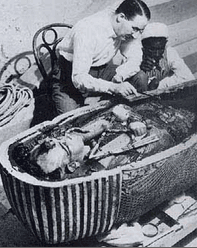When it comes to ancient history, a lot of digging is involved to try to understand the motivations and lives of the people who came before us. In the case of ancient Egypt, archaeology has its work cut out of it in some respects: many of its monuments and buildings are still very much intact. With pyramids and temples all over the place, as well as the Valley of the Kings, there are plenty of places to find history.
The problem many of the original archaeologists and historians had was that covering the walls and many objects found in various places were symbols that were unreadable to more modern eyes, as the writing style had fallen out of use as other countries invaded Egypt .
Luckily, in 1799, a large piece of granite was found (the Rosetta Stone) that contained the same writing written three times on it: once in hieroglyphic, once in demotic Egyptian, and once in Greek, each written so different groups would understand it. It was translated by the year 1822 and opened the doors of understanding for many interested parties further down the road.
Howard Carter
In 1922, a man by the name of Howard Carter found what would be the last tomb found in the Valley of the Kings until after the year 2000. This tomb belonged to King Tut, the young king who had died very early in his reign. In the tomb was not only the king's mummy, but many artifacts that had not been taken by grave robbers, as well as the customary wall-covering murals and script.
Finding mummies in the Valley of the Kings was impressive, for many reasons. The tombs themselves had long since been taken care of, and most of the area was covered up. Also, when chambers were found, some were empty because they were storage areas, while others had been burial chambers, but the bodies were moved to save them from being desecrated by grave robbers.
A few mummy caches have been found, most notably one at the mortuary temple at Deir-el Bahri, which held the remains of over 50 kings, queens, and other assorted nobles. Not far from there was another cache of mummies containing the bodies of the priests who had been responsible for making sure the nobles were given the untouched resting places they deserved.
Given the vast size of Egypt itself and the extensive history, there are still many great historical finds left to decipher, uncover, or figure out. Hopefully archaeologists will get to it all before even more sand and buildings are piled up on top of it.
Source from : http://www.ancient-egypt-online.com
For more interesting topics related to archaeology, visit archaeology excavations.
Archaeology excavation is best known and most commonly used within the science of archaeology. In this sense it is the exposure, processing and recording of archaeological remains.
Thursday, January 6, 2011
Ancient Egypt Archaeology
Subscribe to:
Post Comments (Atom)



No comments:
Post a Comment